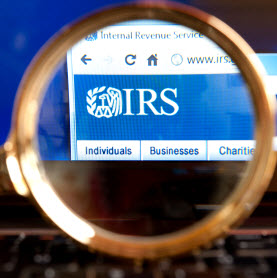 What Every American Investor Must Know
What Every American Investor Must Know
Many American investors are confused by sales pitches of expat investment advisors who are unfamiliar with United States tax laws. While it is true that no tax may be payable in the fund’s jurisdiction (Isle of Man, Guernsey or the UAE, for instance), significant US taxes are payable by the American owner. Confusion abounds when Americans invest in foreign mutual funds, life policies, savings plans, portfolio bonds and similar fund arrangements as compared to when they invest in US-based funds.
Generally, with a US fund virtually all of the income and the gains are distributed annually to investors and reported directly on their US tax returns. The fund sends both the investor and the IRS a form 1099 detailing the shareholder’s income earned in the fund. Foreign investment vehicles are not subject to this kind of disclosure. The American investor must flounder along and determine the proper US tax treatment of his investment.
The US tax laws are clearly designed to deter US persons from investing in offshore funds, whether the investment is made directly or indirectly (e.g., through a BVI company, non-US trust etc.). They prevent the income or gains from escaping US taxation and, impose harsh sanctions on the US investor eliminating any possible tax deferral. Read More


 What Every American Investor Must Know
What Every American Investor Must Know

















Recent Comments